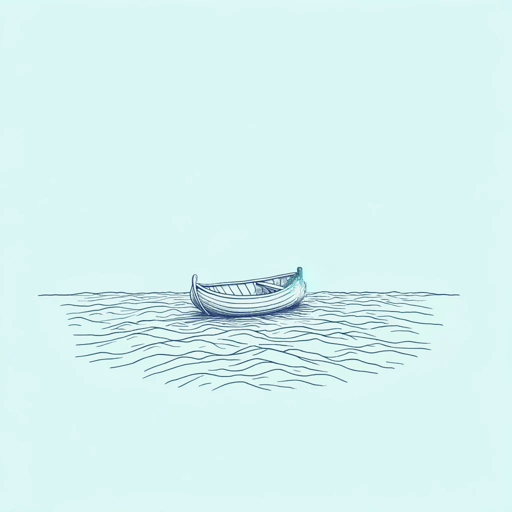18 pages • 36 minutes read
Wang PingThings We Carry on the Sea
Fiction | Poem | Adult | Published in 2018A modern alternative to SparkNotes and CliffsNotes, SuperSummary offers high-quality Study Guides with detailed chapter summaries and analysis of major themes, characters, and more.
Poem Analysis
Analysis: “Things We Carry on the Sea”
“Things We Carry on the Sea” uses formal and literary techniques to emphasize the repeated phrase “We carry” (Lines 1-12). As the poem progresses, the phrase changes and develops its meaning through the objects and ideas attached to it. The phrase begins as a concrete description of the collective speaker’s “eyes” (Line 1) and emotional state, before growing to encompass metaphorical ideas and burdens. The objects the collective speaker describes carrying often represent the lack of an associated object, place, or person. In other words, the objects the speaker declares in their possession are signs of something larger they left behind. The poem thereby inverts the conventional understanding of what it means to carry.
The poem establishes this conventional definition of “carry” early by using the term in association with concrete, material objects. The speaker singles out the “tears in [their] eyes” (Line 1) and the “small bags” (Line 2) of soil they carry. These physical objects establish the sense of “carry” as lifting something or bringing something from one point to another. This definition of “carry” also works for the “diplomas” (Line 9) and “scars” (Line 3) that the speaker holds. Yet the poem’s formal emphasis on these concrete items threatens to obscure the items’ actual connection with the speaker.

